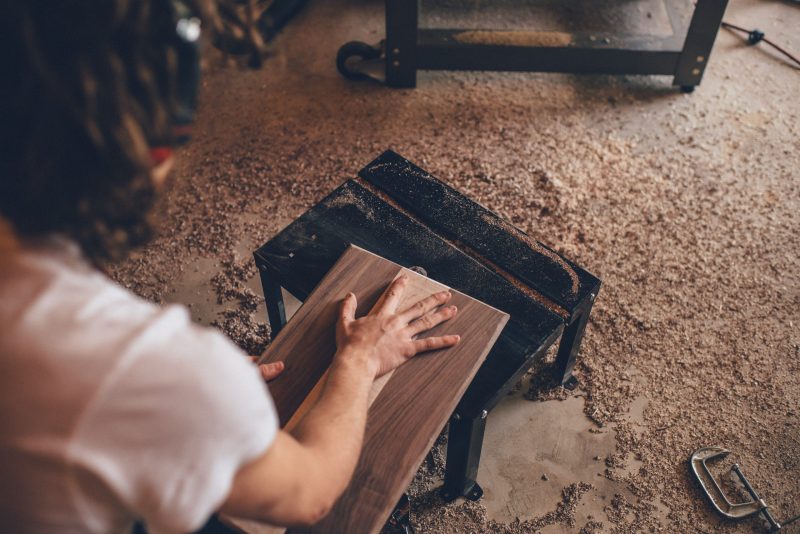5 tips to keep kids safe around tools
Posted: February 10th, 2020
If you have a shed full of tools or work with your hands, there’s a high chance your child is extremely intrigued by what you do every day. Introducing your child to tools young means that they will continue to safely use them as they grow. Even learning basic elements of how to use tools requires a lot of safety lessons and preparation to keep kids safe around tools. Read on below for some ways to safely introduce tools to your child.
1. Protection comes first
This tip should be the number one rule for everybody around tools. But it is definitely the number one and also the most important rule to teach kids. Safety should be the first and last thing you discuss when bringing a child into a workspace. The conversation should cover what kind of safety equipment to use, why it is used and how to use it correctly. Familiarising children with safety equipment from the get-go will ensure using PPE will become second nature to them.
PPE is only the beginning. New safety lessons should be introduced whenever using a new piece of equipment or working in a new environment like outdoors or around ladders. Keeping the child safe in the early stages is important to avoid injuries that could turn make them lose interest in using tools. Don’t forget to also use the safety equipment and follow all the rules you put in place when you yourself actually use the tools.
2. Clean is safe
A clean workspace is a safe workspace and keeps kids safe around tools.. The quicker a child learns this, the better their safety will be. You’ll also be happier when you aren’t facing a workspace that looks like a cyclone hit it. A clean workspace ensures you are able to see exactly what they are working on. Nothing will draw your attention away. Keeping the workspace clean and clear gives children space to feel comfortable doing something new without distractions. Encouraging kids to clean as they go is also a great habit for them to develop.
3. Downsize to kid size
Handing a child a drill and saying ‘go nuts!’ is not only going to endanger them, yourself and anyone else around. It’s also an easy way to turn children off using tools when they have extreme difficulty and no knowledge of how to use it correctly. Firstly you should take them back to basics. Introduce them to hand tools before power tools. Teach them the correct technique and how and why these tools do what they do.
Give them a workspace of their own. Don’t let them kneel on a chair or stand on a box so they can reach your workspace. Bring the workspace down to their level where they feel more comfortable.
Tools aren’t the only thing that needs downsizing. Take into consideration the materials you are going to use. Let a child learn how to hammer a nail into a piece of softwood instead of hardwood where they are going to have much more difficulty.
4. Never take your eyes off them
Children need to be supervised at the best of times. When working with tools they need to be watched like a hawk to keep them safe around tools. A child with a tool in their hands could be a recipe for disaster. An adult supervising needs to be ready to step in at any moment. Safety isn’t the only benefit of keeping a child under close watch when using tools. It is important to pick up on any dangerous habits or techniques they might be developing and correct these as quickly as possible. Catching these kinds of things early will ensure much quicker improvement in their skills. You will also see a rise in their enjoyment when they are being successful in what they are doing.
5. Let them build something
A child may enjoy bashing some nails into a board or cutting a length of timber into a million little pieces. The lessons will be much more effective when they are put towards creating something that they can complete. Whilst it may be tempting to put your new apprentice to work helping you on your latest project. It is important to give the child their very own project to work on together. Creating something that they are proud of making will cement the lessons learned deep in their mind. And giving them a sense of fulfilment is a great way to get them excited to learn more.
Once you are comfortable with your child’s ability with tools consider starting once of these Creative ideas for timber cut-offs as a project with them.
